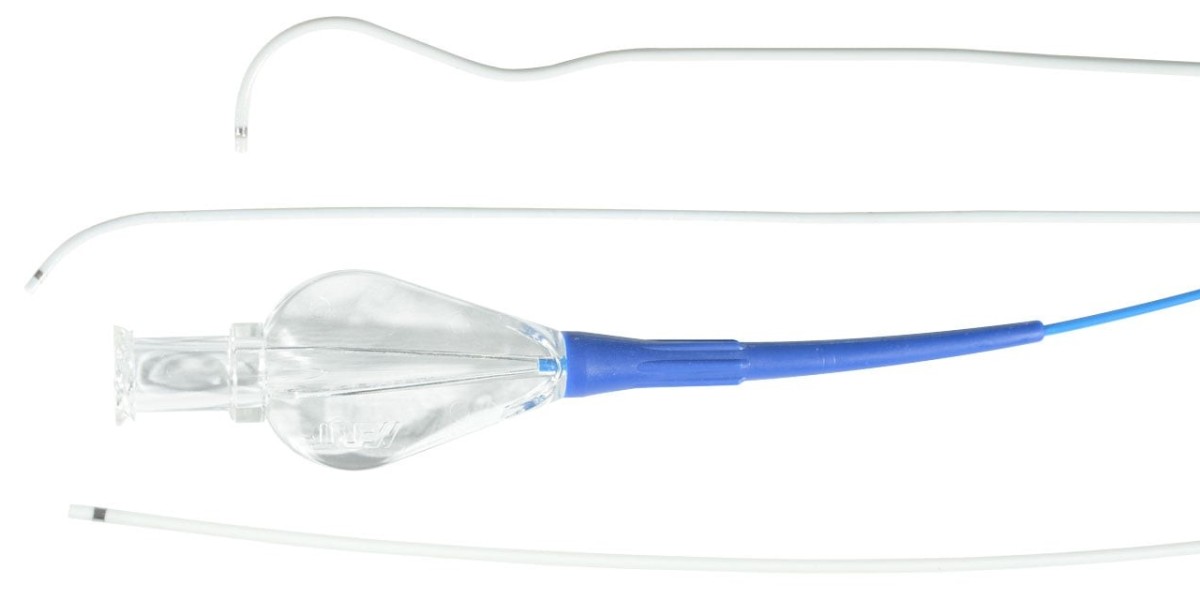Microcatheters are miniature catheters designed for navigating through small or delicate blood vessels in various medical procedures. These tiny devices have revolutionized minimally invasive interventions, enabling physicians to perform intricate procedures with precision and safety. In this article, we delve into the advancements and applications of global microcatheters, highlighting their significance in modern healthcare.
Understanding Microcatheters:
Global Microcatheter are thin, flexible tubes typically ranging from 0.5 to 3 millimeters in diameter, designed to access and deliver therapeutic agents or devices to target sites within the body. They are often used in conjunction with other medical devices, such as guidewires and angiographic catheters, to navigate through tortuous vascular pathways and reach specific anatomical locations.
Advancements in Microcatheter Technology:
- Miniaturization: Recent advancements in microcatheter technology have focused on miniaturization, allowing for smaller outer diameters and enhanced flexibility. Miniature microcatheters with improved trackability and maneuverability enable physicians to navigate through intricate vascular networks with greater ease and precision.
- Hydrophilic Coatings: Hydrophilic coatings applied to microcatheters facilitate smooth navigation through blood vessels by reducing friction and enhancing lubricity. These coatings improve the steerability and deliverability of microcatheters, minimizing the risk of vessel trauma or damage during navigation.
- Radiopacity: Radiopaque markers integrated into microcatheter shafts and tips enhance visibility under fluoroscopy or other imaging modalities, allowing physicians to accurately visualize the position and trajectory of the microcatheter within the vasculature. Improved radiopacity enables precise navigation and deployment of therapeutic devices or agents to target sites.
Applications of Microcatheters:
- Neurointervention: Microcatheters play a crucial role in neurointerventional procedures for the treatment of cerebral aneurysms, arteriovenous malformations (AVMs), and ischemic strokes. Neurosurgeons use microcatheters to navigate through delicate cerebral vessels, deliver embolic agents or stents, and perform endovascular clot retrieval for acute stroke management.
- Peripheral Vascular Interventions: Microcatheters are utilized in peripheral vascular interventions to treat peripheral arterial disease (PAD), peripheral embolization, and venous insufficiency. Interventional radiologists employ microcatheters to access and treat narrow or tortuous vessels in the limbs, kidneys, and other peripheral organs.
- Cardiovascular Interventions: In cardiovascular interventions, microcatheters are employed for coronary angiography, percutaneous coronary intervention (PCI), and structural heart procedures. Interventional cardiologists use microcatheters to access coronary arteries, navigate through complex lesions, and deliver stents or other devices to treat coronary artery disease (CAD) and structural heart defects.
Future Directions and Innovations:
- 3D Printing: Advances in 3D printing technology hold promise for customized microcatheter designs tailored to patient-specific anatomies. 3D-printed microcatheters with patient-specific geometries and functionalities could enhance procedural outcomes and minimize complications in complex interventions.
- Nanotechnology: Nanotechnology-based coatings and materials offer opportunities for further improving the performance and biocompatibility of microcatheters. Nanoscale surface modifications could enhance lubricity, reduce thrombogenicity, and promote tissue compatibility, enhancing the safety and efficacy of microcatheter-based interventions.
Global microcatheters represent a remarkable advancement in medical technology, facilitating minimally invasive interventions across various medical specialties. With ongoing advancements in technology and innovation, microcatheters continue to push the boundaries of what is possible in interventional medicine, enabling physicians to perform complex procedures with precision, safety, and efficacy.
Get more insights, On Global Microcatheter



